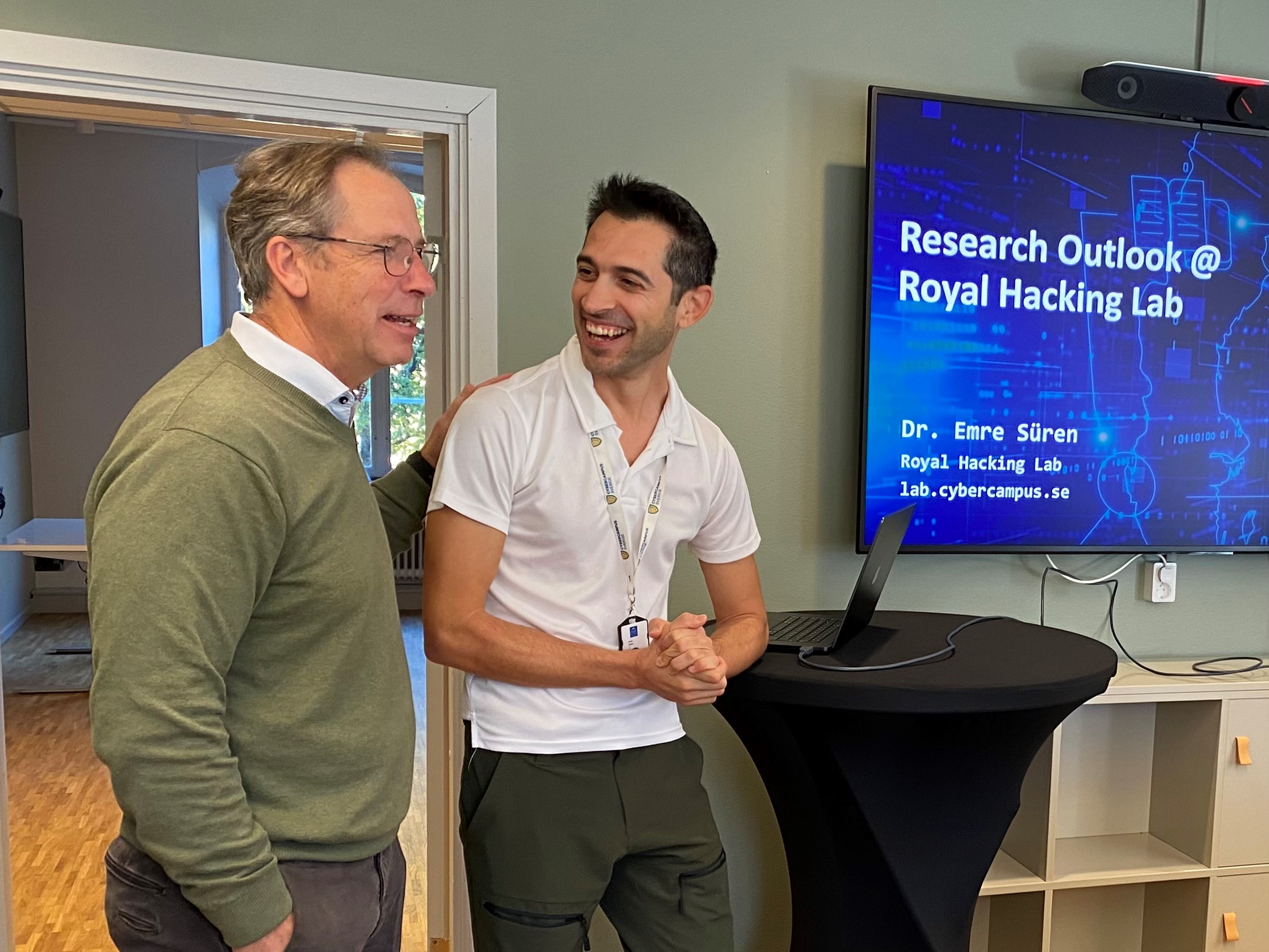
Seven years ago, we began exploring cybersecurity under the headline: “Cybersecurity – Understanding and Avoiding New Threats.”
Today, we regularly bring groups of executives to experience the vibrant environment at Cybercampus Sweden at KTH Royal Institute of Technology and the Royal Hacking Lab.
In a digital world where factory shutdowns, compromised devices, and AI-generated attacks are no longer hypothetical but real and recurring risks, the work being done at KTH is not just timely — it’s essential.
🔐 From IoT vulnerability research (50+ devices tested!) to cyber threat intelligence and ethical hacking, KTH is leading by example. Teams identifies vulnerabilities before hackers do — not to exploit them, but to fix them. This is cybersecurity as a public service.
During our visits, we learn about:
💡 The importance of building security in from the design phase
💡 Risks like AI prompt injection in applications powered by LLMs
💡 The benefits of shifting from a reactive “protect-and-defend” mindset (e.g., relying on traditional antivirus programs) to a more proactive model based on:
1️⃣ Intelligence services
2️⃣ Vulnerability analysis
3️⃣ Minimising attack surfaces
The Cybercampus is also open to collaboration — from third-party tool testing to joint research proposals. Already, 75+ research theses have contributed to improving the security and resilience of Swedish society.
A big thank you to Emre Süren and the entire team at Royal Hacking Lab and Cybercampus Sweden — joined by our Ulf Änggård — for the critical work you are doing. Cybersecurity may not always make headlines — until it does.
Thanks to your efforts, we can all be better prepared. 🙌

